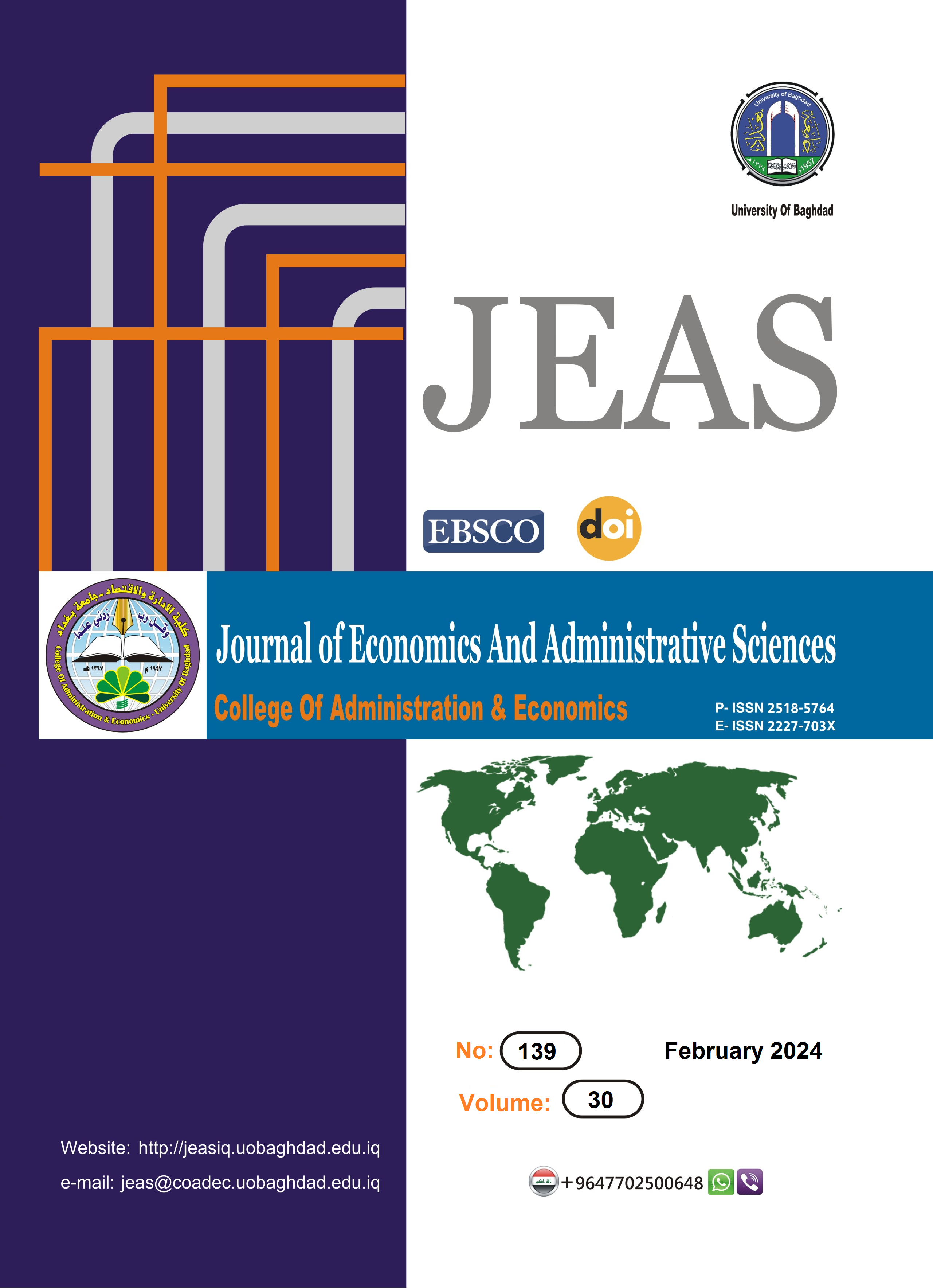Probit and Improved Probit Transform-Based Kernel Estimator for Copula Density
DOI:
https://doi.org/10.33095/tscrxh34Keywords:
Copula function, probit transformation, Kernel copula function, Improved probit transformation, Mirror reflection, Boundary bias.Abstract
Copula modeling is widely used in modern statistics. The boundary bias problem is one of the problems faced when estimating by nonparametric methods, as kernel estimators are the most common in nonparametric estimation. In this paper, the copula density function was estimated using the probit transformation nonparametric method to eliminate the boundary bias problem that suffers kernel estimators. Simulation was also employed for three nonparametric methods to estimate the copula density function and we proposed a new method that is better than the rest of the methods by five types of copulas with different sample sizes and different levels of correlation between the copula variables and the different parameters for the function. The results showed that the best method is to combine probit transformation and mirror reflection kernel estimator (PTMRKE) and followed by the (IPE) method when using all copula functions and for all sample sizes. If the correlation is strong (positive or negative). However, in the case of using weak and medium correlations, it turns out that the (IPE) method is the best, followed by the proposed method (PTMRKE), depending on (RMSE, LOGL, Akaike) criteria. The results also indicated a weak mirror kernel reflection method when using the five copulas.
Paper type: Research paper.
Downloads
Published
Issue
Section
License
Copyright (c) 2024 Journal of Economics and Administrative Sciences

This work is licensed under a Creative Commons Attribution-NonCommercial-NoDerivatives 4.0 International License.
Articles submitted to the journal should not have been published before in their current or substantially similar form or be under consideration for publication with another journal. Please see JEAS originality guidelines for details. Use this in conjunction with the points below about references, before submission i.e. always attribute clearly using either indented text or quote marks as well as making use of the preferred Harvard style of formatting. Authors submitting articles for publication warrant that the work is not an infringement of any existing copyright and will indemnify the publisher against any breach of such warranty. For ease of dissemination and to ensure proper policing of use, papers and contributions become the legal copyright of the publisher unless otherwise agreed.
The editor may make use of Turtitin software for checking the originality of submissions received.


























